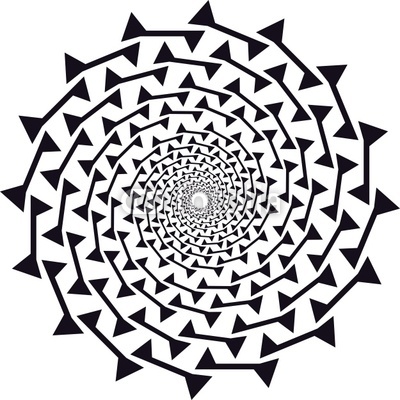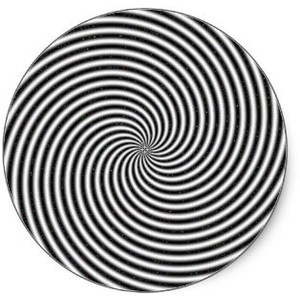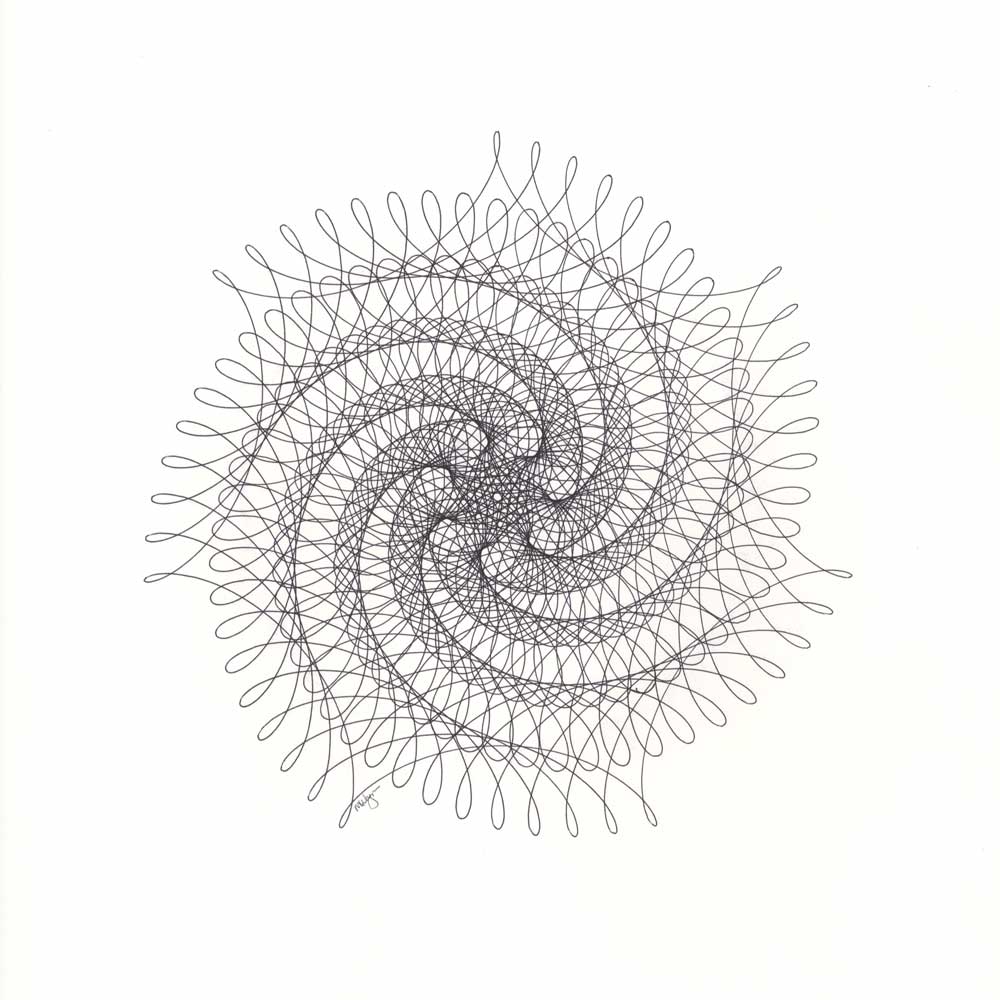|
(2016
final exam assignment) Sample Student Final Exam Essays 2016 Essay 1. Define "genre" + examples |
LITR 4370 Tragedy

|
 |
Nikki
Jones
6 July
2016
The Little Genre That Could
Horror is arguably the youngest and among the most controversial genres
around today. It may be anticipated in today’s society, but this genre and its
champions had to fight for its way into the mainstream in order to make its mark
on society today. But what is the horror genre and how do we define it with just
one example? Well, there is an easy answer. We cannot. It is nearly impossible
to do the genre and the horror industry giants like John Carpenter, James Wan,
George A. Romero, Alfred Hitchcock, Stephen King, and the late Wes Craven any
justice to just pick one of their masterpieces to represent this vast genre.
What really makes horror unique in a way like no other genre is that it
physically changes from decade to decade to meet the needs of the audience. We
can see it. We can track it.
This type of change over time reflects the subject/audience aspect of
genre because more than any other genre it really has to satisfy its target
audience. Directors and screen play writers understand this need to satiate
“audience appeal”, as the Introduction to Genres page terms it, and we can see
it mapped out all the way from the 1920s. With the 1920s and 30s came the
popularization of the classic gothic monsters such as
Nosferatu, The Wolfman, and
Frankenstein. The Red Scare and the looming threat of the atomic bomb shaped
the horror movies of the 1940s and 50s. The focus in these movies became less on
man and more on creatures that are products of the atomic bomb, like
Tarantula, The Thing, and
Them. As the 1960s and 70s got
underway it was the Vietnam War and the counterculture that really impacted the
horror film industry. Many Americans of this decade took on the motto that they
were the last generation and it reflected in films like
Rosemary’s Baby, Psycho, and
Night of the Living Dead. In the late
70s we see a shift to suburban middle class America as well, with movies like
Jaws, The Stepford Wives, Carrie, and
Halloween.
The
rise of consumerism and a re-visitation to the fear of communism shaped the
1980s and 90s with The Dead Zone and
They Live,
but this is also the decades where another legend was born: the slasher
movie. Friday the 13th, A
Nightmare on Elm Street, Child’s Play, Hellraiser, Scream, and the Oscar
award winning Silence of the Lambs
are all movies and franchises born from these decades that satisfied the
audiences need for more slasher films. Finally, from 2000 and upward the horror
genre has expanded to out-of-the-box concepts like psychological and paranormal
movies. The Saw franchise,
Paranormal Activity, The Conjuring,
and Insidious are all examples of
these movies. The 2000’s has also been notorious for remakes and revamping the
big horror movies of the 80s and 90s.
Halloween, Friday the 13th, A Nightmare on Elm Street, and
The Texas Chainsaw Massacre are all movies that have been remade within the
last sixteen years. Remakes are in demand now because it is giving a new
generation a chance to love something that their parents might have loved, but
updating it to be something they can appreciate. It usually loses its original
charm, though, in my opinion, and can turn out corny or just plain bad if done
wrong.
Formal genre, like the subject/audience aspect with horror movies, tends
to be malleable depending on which subgenre of horror the movie is. Typically,
we see horror movies stay within the rules of reality where the dialogue stays
between two characters. This is not always the case though. In slasher movies,
dialogue transcends physical limitations for the assailant. What I mean is, you
will notice that the killer seems to automatically know who the bad teenagers
are so that they can kill them or they know exactly the place the teen lovers
are at in the secluded woods. A prime example of an evil character with this
special feature is Freddy Kruger in the movie,
A Nightmare on Elm Street. Freddy is
an aggressor who exceeds reality to enter his victims’ dreams. He automatically
knows what his victim is thinking, feeling, where they are going, and what they
are most afraid of without ever having to ask because his is inside of their
mind. He has complete control in his domain, which is in their dreams. Often
times, this transcendence of dialogue leads to spectacle. Similar to slasher
flicks, the supernatural subgenre usually capitalizes on an assailant that is
without dialogue for the entirety of the film. The audience depends on its
actions, rather than words, to create a spectacle.
Poltergeist may have been one of the
earliest paranormal movies to benefit off of this idea. The spectacular moments
in this film created iconic scenes that even those who are not fans of horror
can easily recall, like when the chairs in the dining room mysteriously become
stacked on the kitchen table or the dramatic ending scene when the entire house
disappears into thin air.
The horror genre usually gets mocked because of its supposed
predictability. In her midterm, “Oh! The Horror!”, Sarah Roelse refers to this
as the “typical formula” of a horror movie. This is understandable to an extent,
seeing as through the decades we notice that at the heart of every horror movie
or novel is a romance narrative. From the classic gothic movies to the hardcore
slasher movie, the main story line is always going to involve the main character
having to overcome some type of evil force. The movie
Jaws particularly incorporates the
romance narrative into its storyline.
Jaws has all of the attributes listed on the romance term page. The main
character is a simple, moralistic heroic character, and is in fact a sheriff of
an ideal quaint town. He finds that he is on a mission to eliminate his enemy
for the greater good and as the story concludes, he defeats his enemy and the
movie closes with him swimming away, back to town as a hero. The “formula” is
different for each movie and franchise, though, and although there are romantic
elements in the movie, there will be others as well. For example, the original
A Nightmare on Elm Street is
horrifying which reflects tragedy and the main female character, Nancy, must
overcome Freddy Kruger, which reflects romance, but Freddy is also witty and
cheesy as the movies continue, which ties in elements of satire and comedy. All
of these elements are what made the franchise such a success.
We have heard often in this class that tragedy is the greatest genre, but
I would argue that horror is the greatest because it incorporates elements of
tragedy as well as romance, satire, and comedy very well in contrast to other
genres. The horror genre is extremely diverse, maybe even the most diverse,
since it is so audience oriented. Like a river, it flows and ebbs to the needs
and wants of its viewers. It had to, in order to make the impact it has made on
society.


